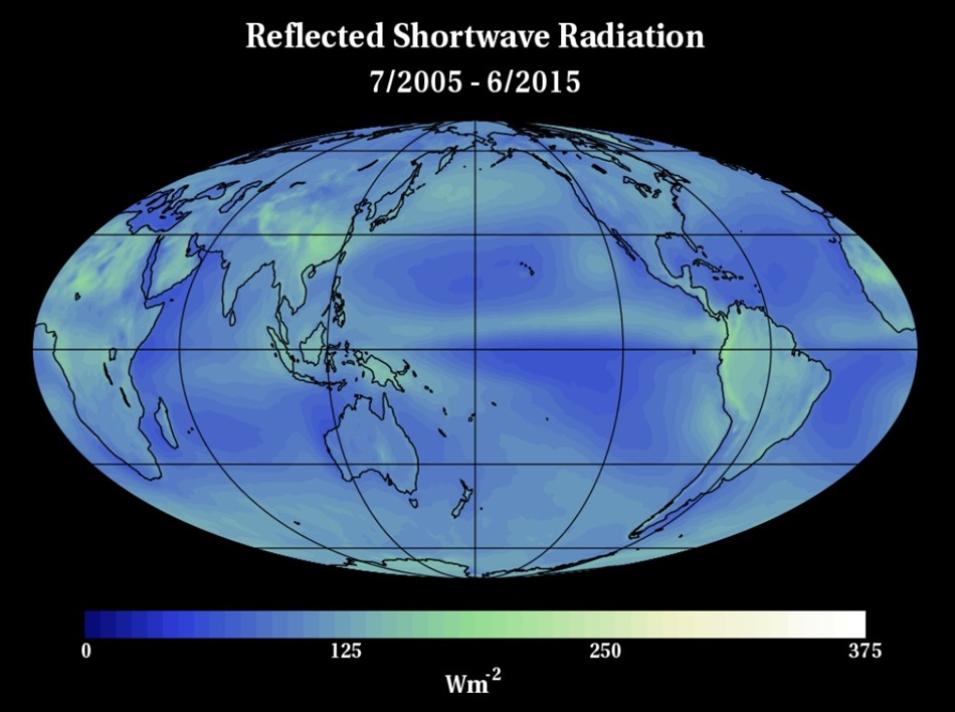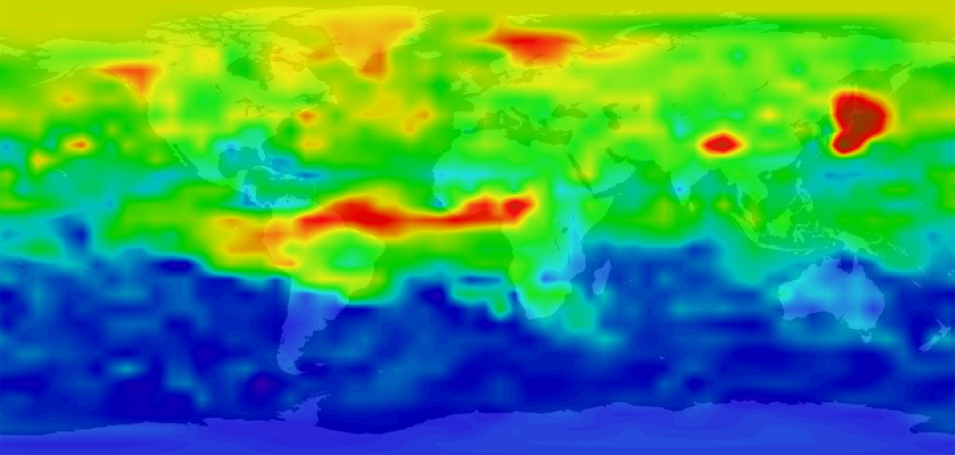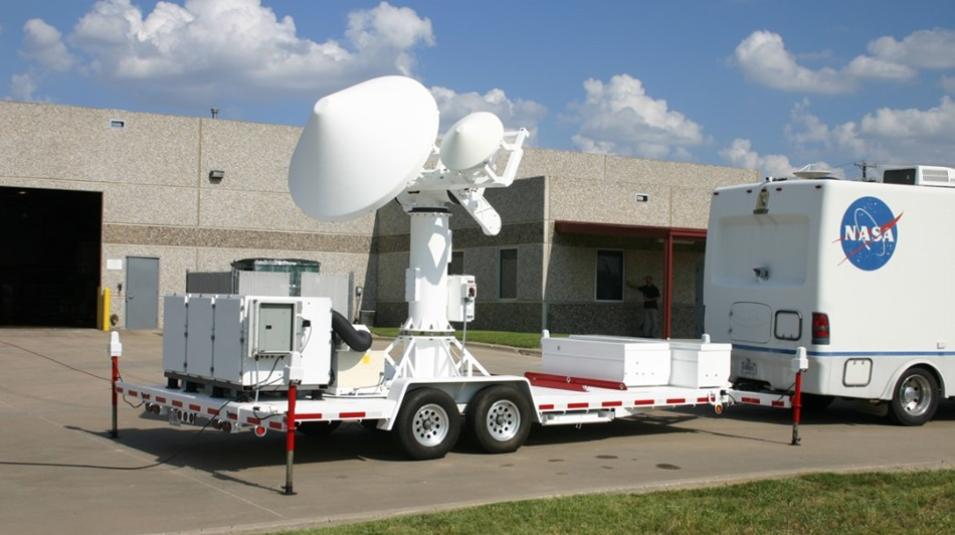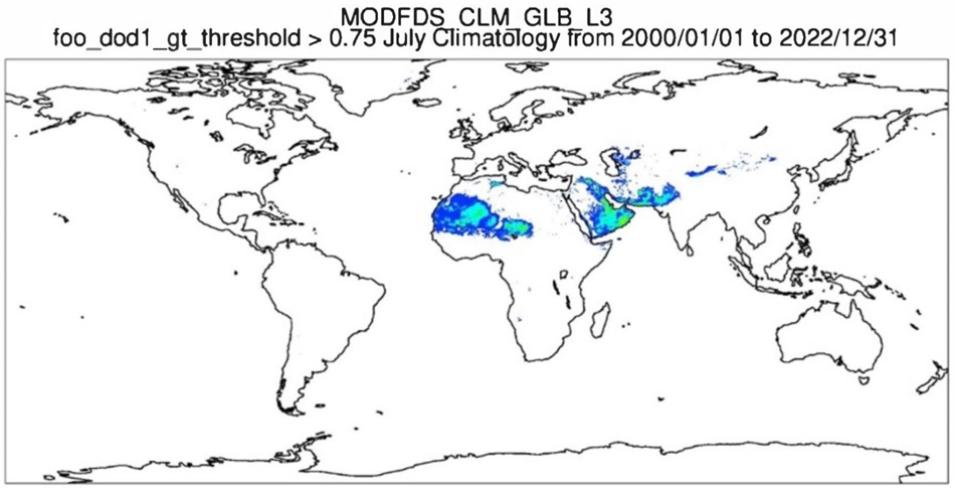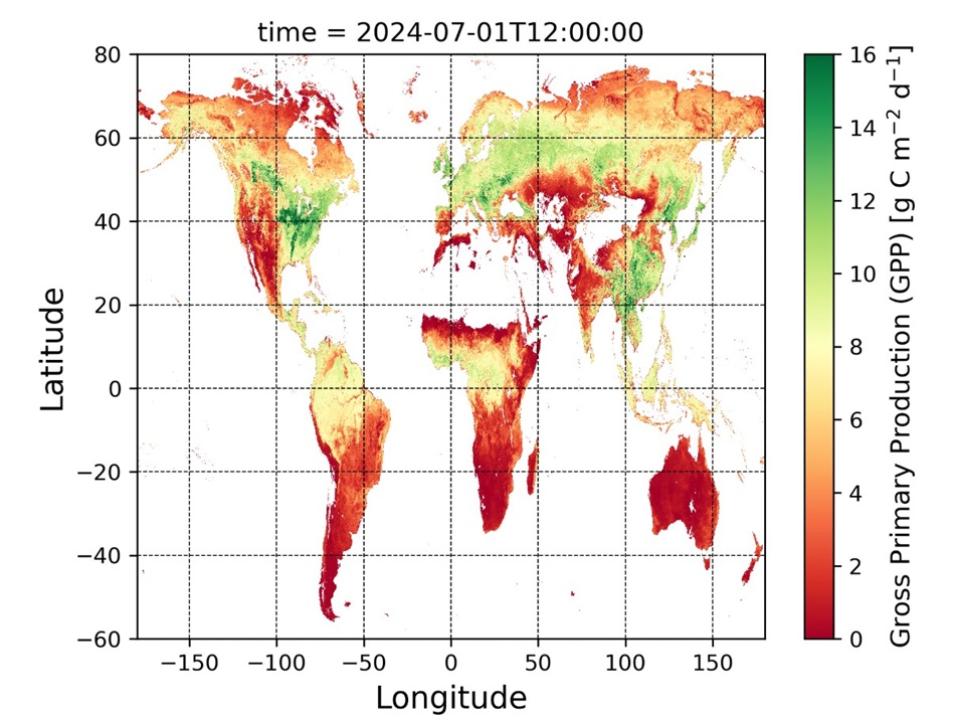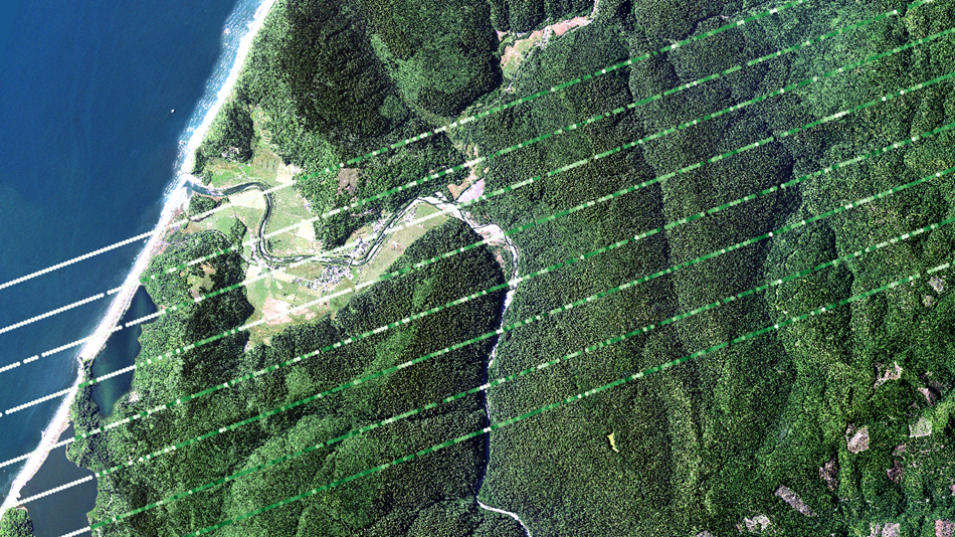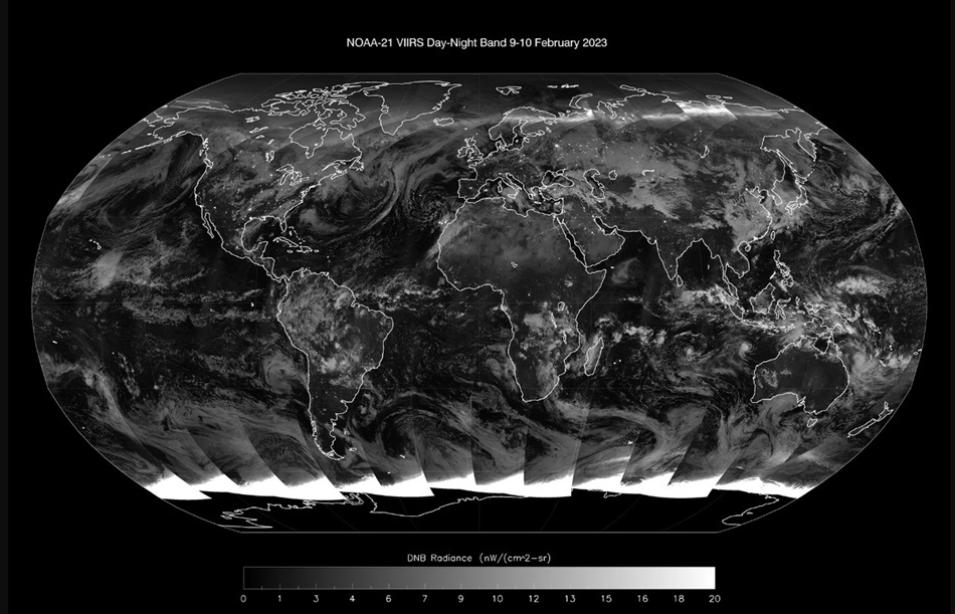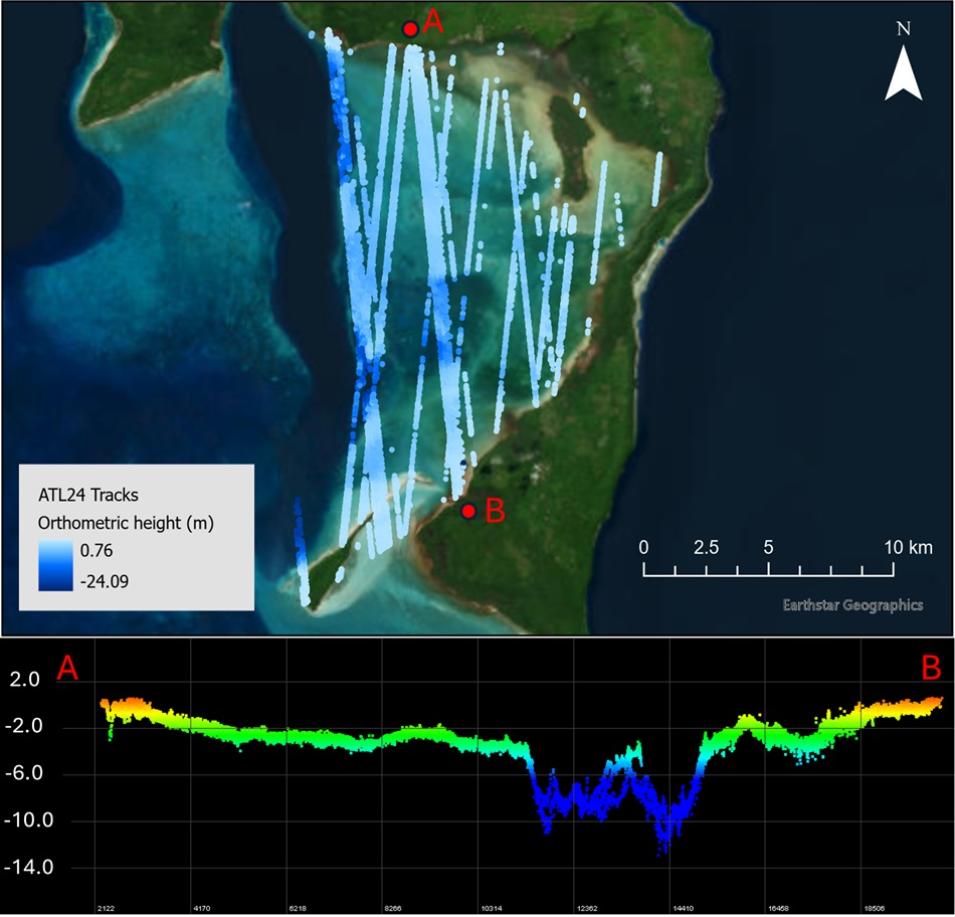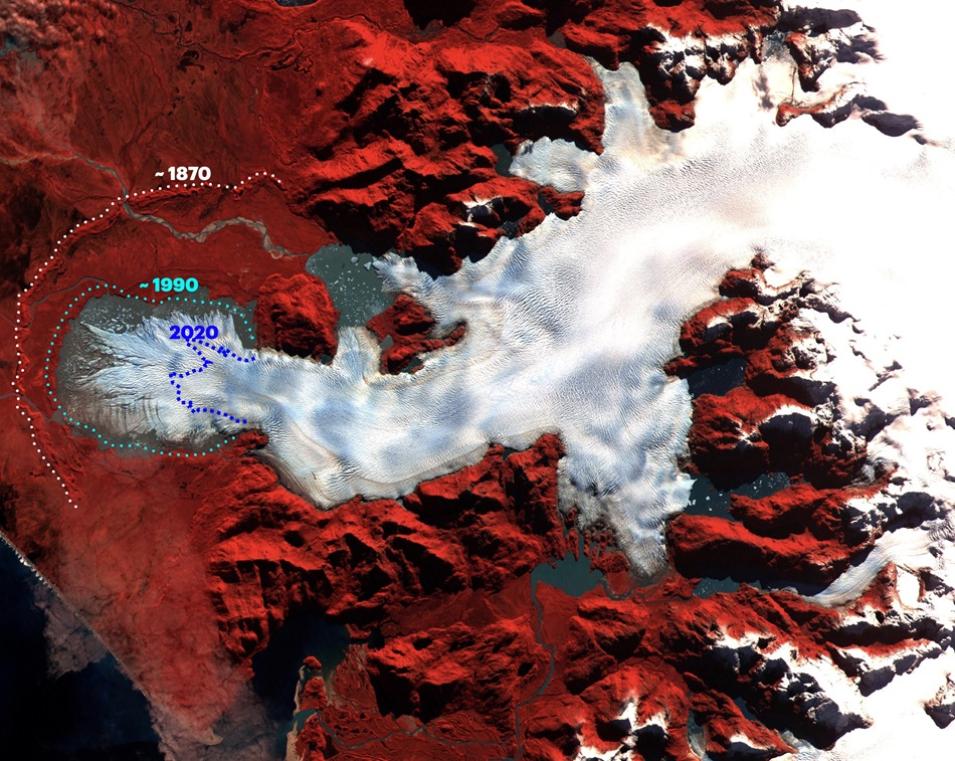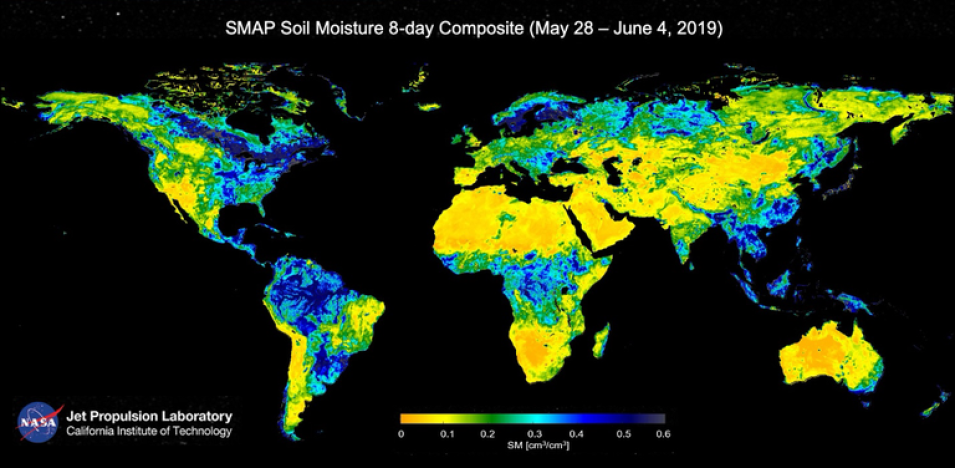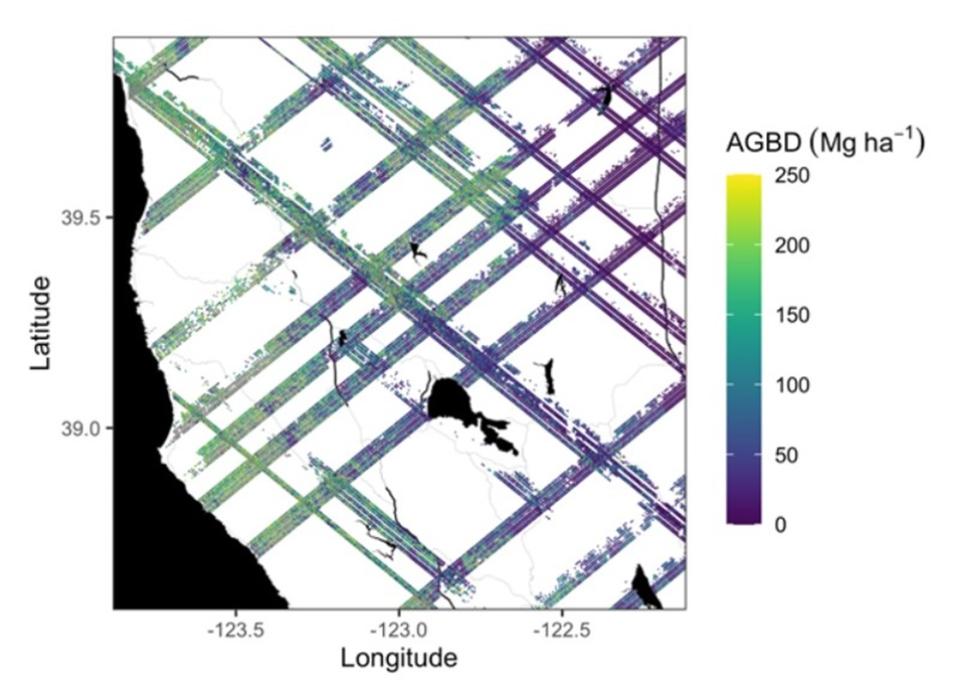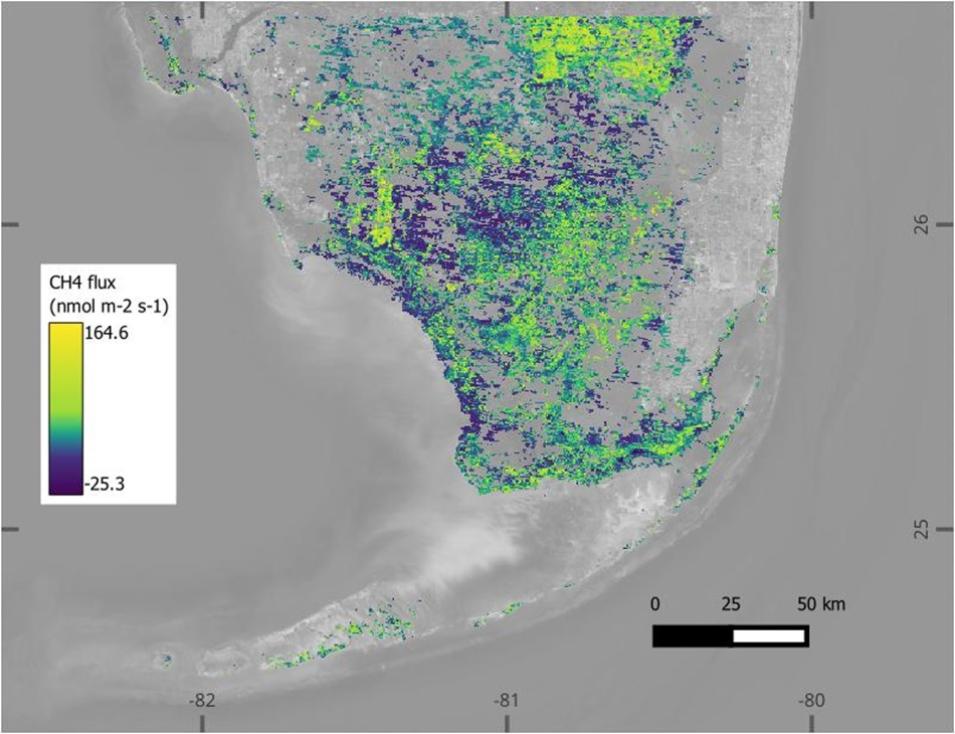AppEEARS Version 3.79 Available
Version 3.79 of the Application for Extracting and Exploring Analysis Ready Samples (AppEEARS) is now available. This release adds the Land Surface Phenology Yearly L3 Global 500 m SIN Grid Version 2 (VNP22Q2.002) product from the Visible Infrared Imaging Radiometer Suite (VIIRS) instrument aboard the NASA-NOAA Suomi National Polar-orbiting Partnership satellite (Suomi NPP) to AppEEARS.
AppEEARS enables users to perform data access and transformation processes by enabling users to download only the data they need. AppEEARS provides access to a wide range of geospatial data from multiple federal archives.
A complete listing of data products available in AppEEARS can be found on the available products List.
Learn more about this AppEEARS release.
LP DAAC Ends Distribution of Version 1 VIIRS and ECOSTRESS Products
VIIRS Version 1 SR, VI, LAI/FPAR, LST, and Active Fires Data Products
On April 8, 2025, LP DAAC ceased distribution of the VIIRS Version 1 Surface Reflectance (SR), Leaf Area Index (LAI), Fraction of Photosynthetically Active Radiation (FPAR), Land Surface Temperature (LST), and Active Fires Products. These products are no longer available for search and download from NASA’s Earthdata Search, Data Pool, or AppEEARS.
The user guides and algorithm theoretical basis documents for VIIRS Version 1 data products will be retained and available via the Digital Object Identifier (DOI) landing pages on the LP DAAC website. The DOI landing pages will remain available as a permanent URL for historical information and citations.
Users are encouraged to transition to the VIIRS version 2 data products, which includes data from both Suomi NPP and NOAA-20 satellites. The complete list of VIIRS Version 2 data products is cataloged in the VIIRS Products Table.
Learn more about the removal of these VIIRS data products.
ECOSTRESS Version 1 Attitude (ECO1BATT) Product
In addition, the LP DAAC announced that the Ecosystem Spaceborne Thermal Radiometer Experiment on Space Station (ECOSTRESS) Attitude Daily Level 1B Global 70-meter Version 1 (ECO1BATT) data product will no longer be available through the LP DAAC Data Pool or Earthdata Search as of April 21, 2025. ECO1BATT users are encouraged to transition to the ECOSTRESS Swath Attitude and Ephemeris Instantaneous Level 1B Global Version 2 (ECO_L1B_ATT) data product. Users working with ECOSTRESS Version 1 data are encouraged to migrate their workflows to the version 2 data products as historical processing is being completed.
Learn more about the removal of these VIIRS and ECOSTRESS data products.
2024 OPERA Level 3 Disturbance Annual HLS Version 1 Data Unavailable
LP DAAC announced that, due to a disturbance alert from 2023 discovered in the Observational Products for End-Users from Remote Sensing Analysis (OPERA) Land Surface Disturbance Annual data from the Harmonized Landsat Sentinel-2 (HLS_ product Version 1 (OPERA_L3_DIST-ANN-HLS_V1) for the year 2024, all 2024 data have been removed from the LP DAAC archive.
Users who accessed OPERA_L3_DIST-ANN-HLS_V1 data for 2024 through NASA’s Earthdata Search are encouraged to use the corrected data products for scientific analysis once they become available.
Learn more about this product from OPERA.
Level 1 and Atmosphere Archive and Distribution System Distributed Active Archive Center (LAADS DAAC)
Version 2.1 NOAA-21 VIIRS Level-1 Data Product Suite Released
NASA’s LAADS DAAC released two Version 2.1 JPSS2 (now known as NOAA-21) Visible Infrared Imaging Radiometer Suite (VIIRS) Level-1 data collections that include calibrated radiances and geolocation information. Each collection relates to image-resolution, moderate-resolution, and day-night band resolution. The six data products included in this release are:
| Data Product | Description |
|---|
| VIIRS/JPSS2 Moderate Resolution Terrain-Corrected Geolocation 6-Min Level 1 Swath 750 meter (VJ203MOD) | This product includes geodetic latitude, longitude, surface height above the geoid, solar zenith and azimuth angles, sensor zenith and azimuth angles, land/water mask, and quality flag for every pixel location. VJ203MOD provides a fundamental input to derive a number of VIIRS M-band higher-level products. The data record starts from February 10, 2023. |
| VIIRS/JPSS2 Imagery Resolution Terrain-Corrected Geolocation 6-Min Level 1 Swath 375 meter (VJ203IMG) | This product includes geodetic latitude, longitude, surface height above the geoid, solar zenith and azimuth angles, sensor zenith and azimuth angles, land/water mask, and quality flag for every pixel location. Its data record starts from February 10, 2023. |
| VIIRS/JPSS2 Day/Night Band Moderate Resolution Terrain-Corrected Geolocation 6-Min Level 1 Swath 750 meter (VJ203DNB) | This product includes geodetic latitude, longitude, surface height above the geoid, solar zenith and azimuth angles, lunar zenith and azimuth angles, sensor zenith and azimuth angles, land/water mask, moon illumination fraction and phase angle, and quality flag for every pixel location. The data product described in this landing page is a v2.1 collection and its data record starts from February 10, 2023. |
| VIIRS/JPSS2 Moderate Resolution 6-Min Level 1B Swath 750 meter (VJ202MOD) | Derived from the NASA VIIRS Level 1A raw radiances, this product includes calibrated and geolocated radiance and reflectance data, quality flags, and granule- and collection-level metadata. The image dimensions of the 750-m swath product measure 3232 lines by 3200 pixels and its data record starts from February 10, 2023. |
| VIIRS/JPSS2 Imagery Resolution 6-Min Level 1B Swath 375 meter (VJ202IMG) | Derived from the NASA VIIRS Level 1A raw radiances, this product includes calibrated and geolocated radiance and reflectance data, quality flags, and granule- and collection-level metadata. The image dimensions of the 375-m swath product measure 6464 lines by 6400 pixels and its data record starts from February 10, 2023. |
| VIIRS/JPSS2 Day/Night Band (DNB) Moderate Resolution 6-Min Level 1B Swath 750 meter (VJ202DNB) | The DNB facilitates measuring night lights, reflected solar/lunar lights with a large dynamic range between a low of a quarter moon illumination to the brightest daylight. The image dimensions of the 750-mmeter DNB product measure 3232 lines by 4064 pixels and its data record starts from February 10, 2023. |
Learn more about the version 2.1 NOAA-21 VIIRS Level-1 data product suite.
